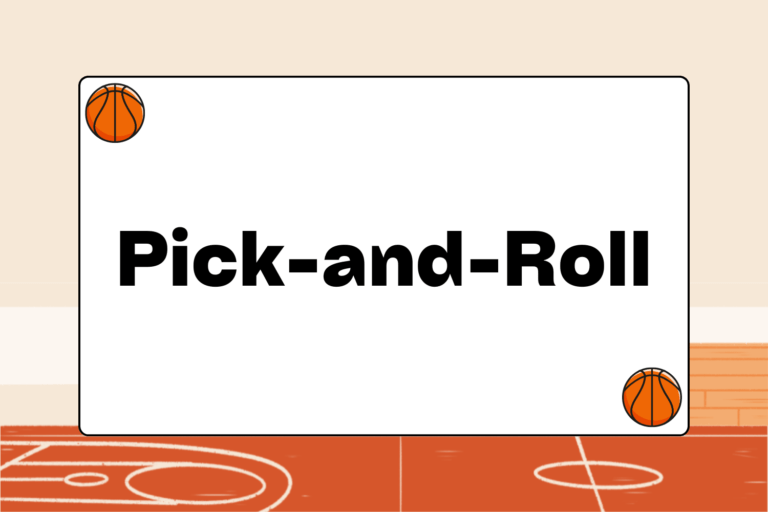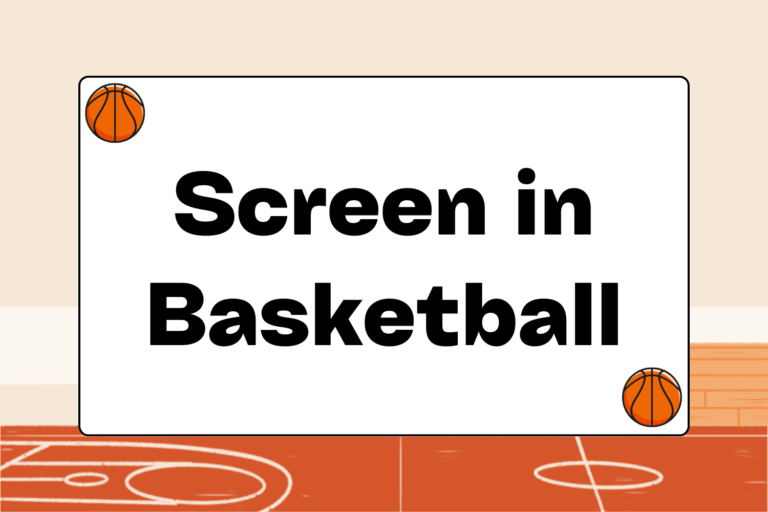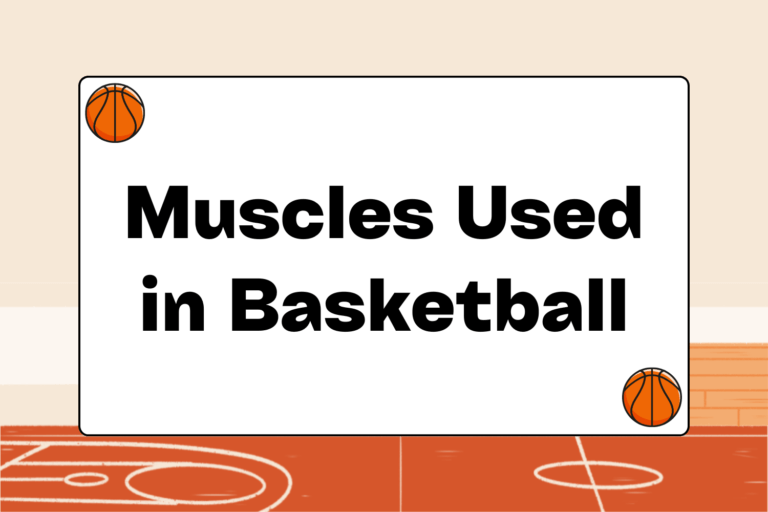A cross-over move can be a deadly weapon in basketball, but it takes more than great moves to be a top-flight ball handler. An elite dribbler needs to be able to control the ball at high speeds and when being closely guarded. On top of that, the ball handler needs to constantly be in a position to survey the court. The following drills are designed to improve coordination and help you develop confidence in your ball handling ability. All you need to complete the drills is a basketball and time.
Around the World
Purpose: To develop a feel for the ball while simultaneously increasing hand speed and coordination.
This drill requires you to circle different parts of the body with the basketball by passing it from one hand to the other, so that it orbits around the designated area. Remember to keep your head up during the drill.
- Start with your feet shoulder-width apart and knees slightly bent.
- Begin the drill by circling the ball around your head approximately 12 times.
- Next, move the ball to waist level and begin to circle your waist with the ball.
- After 12 full circles, quickly shift your feet together.
- Once in position, circle the ball around both legs (knee level) 12 times.
- Resume the starting position—feet shoulder-width apart and knees bent—then complete 12 revolutions around each separate leg.
Catch-Catch-Catch
Purpose: To improve hand speed and coordination.
Catch-Catch-Catch is an appropriate name for this drill because that is what you’ll be doing: Playing catch with yourself.
Though it may sound simple, there is a catch: You’ll be asked to execute this task while holding the ball between your legs. This drill may seem extremely difficult at first, but with a little determination and lots of practice it can be mastered.
Start with your knees slightly bent and feet shoulder-width apart.
- Take a basketball and hold it between your legs using both hands. Your right hand should be touching the front of the ball, while your left hand is around the back of your body touching the back of the ball.
- Once you are in the starting position, quickly switch the position of your hands—so that the left hand holds the front of the ball and the right hand holds the back—without letting the ball touch the ground.
- Continue to alternate the position of your hands without letting the ball bounce.
- Execute this drill as quickly as possible in order to reap maximum benefits.
Crab Walk
Purpose: To develop a feel for dribbling the ball between the legs.
This drill requires the player to pass the ball from one hand to the other through the legs.
- Start with your feet shoulder-width apart and your knees slightly bent.
- Begin the drill with the ball in your right hand.
- Step forward with your left leg. As you do so, bounce the ball between your legs and catch the ball with your left hand.
- Once you have the ball in your left hand, take a step forward with your right leg and bounce the ball between your legs again, but this time catching the ball with your right hand.
- Continue this in a walking motion for the length of the court.
Figure 8
Purpose: To develop a feel for dribbling the ball between the legs.
This drill requires the ball handler to make a figure-eight (without dribbling) around the legs with the ball by using both hands and bending at the waist.
- To begin the drill, place the ball in your right hand and move the ball around your right leg.
- Once the ball is positioned directly between your legs, pass the ball to your opposite hand (left hand will make contact on the back of the ball).
- Then use your left hand to bring the ball around your left leg and back underneath your body.
- To complete the figure-eight, transfer the ball back to your right hand and bring the ball around the back of your leg to the original starting position.
Add the Dribble
- Start with your feet shoulder-width apart and your knees slightly bent.
- To begin the drill, start dribbling the ball with either hand in and around the legs in a figure 8 pattern.
- It is important to start slow so that you are able to maintain a low and controlled dribble throughout the exercise. You can speed up once you have mastered the movement.
Hot Tip: Heads Up!
Because elite ball handlers are able to dribble while also surveying the court, the ability to dribble without looking down is very important. The best way to develop this skill is to complete the suggested drills while keeping your head up. When you have mastered the movements required in each drill, try going through each drill with your eyes locked on the rim.
Tap-Tap-Tap
Purpose: To increase hand speed and coordination.
This exercise is called the “tap-tap-tap” because, to perform it correctly, the ball handler must continuously tap the ball in order to maintain a continuous low dribble. Don’t let the simplistic name fool you—the drill can be extremely difficult. Mastering this exercise is well worth the effort and will do wonders for your ball handling ability.
- Start with your feet shoulder-width apart and your knees slightly bent.
- Begin dribbling by gently tapping the ball once with your right hand and once with the left hand.
- After you contact the ball, immediately move each hand behind your body so that you’re in position to contact the ball from behind.
- Quickly tap the ball from behind—once with your right hand and then once with your left—to maintain the dribble.
- Repeat the motion—continuing to alternate the position of your hands, from front to back—executing the move as fast as possible by keeping the dribble close to the floor.
Achieve Your Goal
There’s simply no way around it: If you want to become a better ball handler, you have to practice. The drills outlined above will improve ball control and help you gain confidence in your ability. A few of the exercises may seem difficult at first, but they will soon become second-nature if you keep at it. So grab a ball, get to work, and you’ll be shaking defenders in no time!





